Von Hagge left imprint on Arizona Posted By: Bill Huffman Posted On: 10-21-10 By BILL HUFFMAN
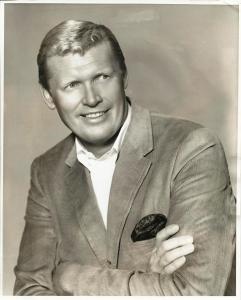 Having covered golf in this state for 25 years, I have had the privilege of meeting many of the great golf course architects who have left their imprints on Arizona. One of those who particularly impressed me for his creativity and vivid personality, as well as his inspirational work, was Robert von Hagge, who passed away last weekend at the age of 83. Among his Arizona portfolio, von Hagge helped Dick Wilson build Moon Valley Country Club, which recently celebrated its 40th anniversary. He also redesigned Tucson National with Bruce Devlin in 1968, where he added a third nine holes called the Green Nine. But von Hagge’s claim to fame in the Grand Canyon State will always be Torreon, the 27 holes of spectacular golf he created in the Sitgreaves National Forest near Show Low. I will never forget how he built that golfscape in the rolling pines, but we’ll get into that discussion a little later. Even though it seems a little strange for a starting point, I actually met von Hagge in 1995 while on a trip to France. I was a guest at Les Bordes, the No. 1 course in Europe that is located south of Paris in the Loire Valley, and von Hagge also was on site to inspect perhaps his greatest effort ever.
Having covered golf in this state for 25 years, I have had the privilege of meeting many of the great golf course architects who have left their imprints on Arizona. One of those who particularly impressed me for his creativity and vivid personality, as well as his inspirational work, was Robert von Hagge, who passed away last weekend at the age of 83. Among his Arizona portfolio, von Hagge helped Dick Wilson build Moon Valley Country Club, which recently celebrated its 40th anniversary. He also redesigned Tucson National with Bruce Devlin in 1968, where he added a third nine holes called the Green Nine. But von Hagge’s claim to fame in the Grand Canyon State will always be Torreon, the 27 holes of spectacular golf he created in the Sitgreaves National Forest near Show Low. I will never forget how he built that golfscape in the rolling pines, but we’ll get into that discussion a little later. Even though it seems a little strange for a starting point, I actually met von Hagge in 1995 while on a trip to France. I was a guest at Les Bordes, the No. 1 course in Europe that is located south of Paris in the Loire Valley, and von Hagge also was on site to inspect perhaps his greatest effort ever.
I will never forget the wild boar of Les Bordes, and how they tore the course apart almost nightly, as well as the centuries-old graves that lined the borders of Les Bordes. The giant stag – one of which jumped over the hood of our car – also were something I’d never seen before I visited the Sologne Forest, the ancient hunting grounds of the once-mighty nobility of France. But what really blew me away was Les Bordes, von Hagge’s masterpiece that boasts canopied fairways and water on almost every hole. And I can still hear von Hagge laughing about building the course for the Baron Marcel Bich, the billionaire who invented the BIC pen and disposable razor by the same name. What amused von Hagge was the fact that he had told the baron not to build the course in this low-lying area of the country where the kings had built their summer castles called chateaus. But because of the rich history, Bich insisted and so von Hagge took up the challenge and proceeded to spend money like it was, well, water, which ended up in every form possible on 12 of the 18 holes. “I’ll never forget that when I told him what the 16th hole cost alone — over $1 million for a par 3 – (the baron) nearly fainted,’’ von Hagge said with a chuckle. “He said, ‘I gave you an unlimited budget, Robert, and somehow you’ve managed to exceed it.’’ A Renaissance Man in the truest sense, von Hagge also created such terrific tracts as El Conquistador in Puerto Rico, the course that launched his career; the much-ballyhooed White Witch in Montego Bay, Jamaica; Royal Mougins, another incredible course I played in France, as well as a site for the French Open; and three Mexican jewels that also were my pleasure – El Tigre in Puerto Vallarta, Isla Navidad near Manzanillo and Bosque Real in Mexico City, the site of the LPGA’s MasterCard Classic formerly with Lorena Ochoa. As far as von Hagge gems in America, and there are plenty, probably his most well-known was the TPC at the Woodlands, the course he built in his home city for the PGA Tour’s Shell Houston Open. Many people also remember the Woodlands as the setting for many of the infamous scenes from “Tin Cup,’’ where Roy McAvoy (aka Kevin Costner) hits six straight shots into the water to make the best-ever “12’’ in a golf flick. Yes, that scene, where McAvoy loses the U.S. Open.
In every way possible, von Hagge lived the life. Born on a golf course in Chicago, he grew up as Robert Hagge, the adopted son of Ben Hagge, a golf course landscaper who worked at one time with the legendary Donald Ross. Robert did it all as a youngster, as he worked as a caddie, caddie master, member of the maintenance crew and assistant golf pro all before he was 17. In the early 1950s, von Hagge hung around the PGA Tour briefly, worked as a club pro in the idyllic Catskill Mountains of New York, and then traveled to Hollywood seeking fame and fortune. For a brief time, he was the “Marlboro Man’’ in those early TV commercials before being involved in unsuccessful marriages with two sisters who played on the LPGA – Alice and Marlene Bauer, the latter who took the name Marlene Hagge. I’m not sure why, but I once had the audacity to tell von Hagge — somewhat kidding, and very inappropriately — that he was “my hero for marrying two sisters.’’ I’ll never forget his response.
“Well, despite what people might tell you, I didn’t marry them back to back,’’ he said with a wry smile. “There was about a year between Alice and Marlene.’’ But when the movie spotlight failed to capture the smile of this handsome and seemingly ageless man, and a subsequent career as a commercial artist also failed to produce real accolades, von Hagge turned to golf course architecture after earning a degree from Purdue in agricultural engineering. He cut his teeth under Wilson from 1957-1963, when Wilson died, and then made even more of an impact with Devlin, who left the team in 1987 to play the Senior Tour. But von Hagge’s reputation continued to grow for the next 23 years as his insatiable drive led to over 250 courses in 16 countries. During that time he gave much of the credit to his associates, Mike Smelek and Rick Baril. A wonderful speaker with a quick wit, von Hagge, who changed his name from Hagge to von Hagge in the late 1960s after his marriage to his wife of 40 years, Greta, also changed as a person — in a very good way.
For instance, the first time I met him at Les Bordes he was wearing a flamboyant outfit of riding boots, cape and ascot, like a true European aristocrat — brilliant but a tad arrogant. When I met him again five years later at Torreon, he was in blue jeans and cowboy boots, and about as down-to-earth as you’ll find. He still was a little elitist, but I guess that comes with the territory of being a world-class architect. One thing I can say for certain is that he had a very unique philosophy on building golf courses. Yes, von Hagge could talk the talk and walk the walk. But what really impressed me, a novice critic of golf courses at the time, was that von Hagge was obsessed with light, like the early Impressionists.
Along those lines von Hagge once told me: “The only thing that is eternal in life is light. These beautiful trees at Torreon will come and go, and the water you see here may or may not be here someday. But the light? The light will remain, and that’s why we believe that everything on a golf course must be done with vertical expression.’’ Of Torreon, von Hagge made a point that scored a bulls-eye: “Everywhere you look here, we’ve got these big enormously beautiful pines. So in a way, that makes it difficult to distinguish each hole, which I’m trying to bring out in a shockingly subtle way. (But) there’s such a fine line between a great golf course and a gimmicky one. The first time you do Six Flags over Arizona, that’s the one they’re going to remember. But Torreon has such wonderful green settings, and the paths to get to them are lined with the natural amenities that God gave us, so that in a few years, when the conditioning matches the variety, I think the members will realize what they’ve got.’’ That’s when it dawned on me that von Hagge truly was an artist as well as an architect – “the Vincent van Gogh of golf.’’ In fact, unlike most architects who worked solely from topography maps, I discovered that von Hagge actually drew his holes on a canvas before he built them. “I don’t think I go anywhere without a picture in my mind first,’’ he said. “You can look at all the squiggle-ly, bird’s-eye-view pictures in the world if you want, but when you actually draw or paint or sketch the hole, suddenly everybody is on the same page.’’ Along those lines I am one of the lucky ones. At our last meeting at Torreon, von Hagge gave me his original drawing of the par-4, water-guarded 18th, the signature hole at the private club that seemingly gets better and better every year, just as its creator had predicted. That von Hagge drawing, now matted and framed, still hangs in my office as one of my most prized possessions from the past 25 years. 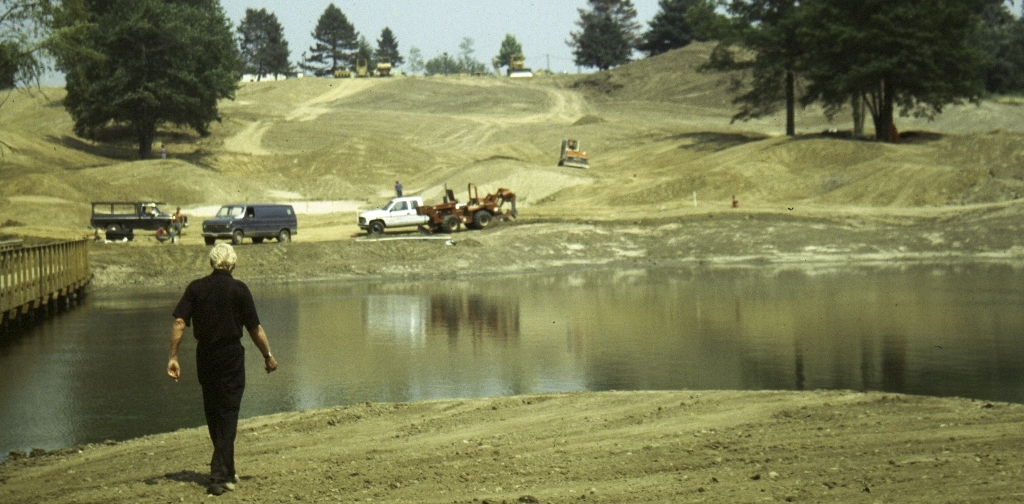
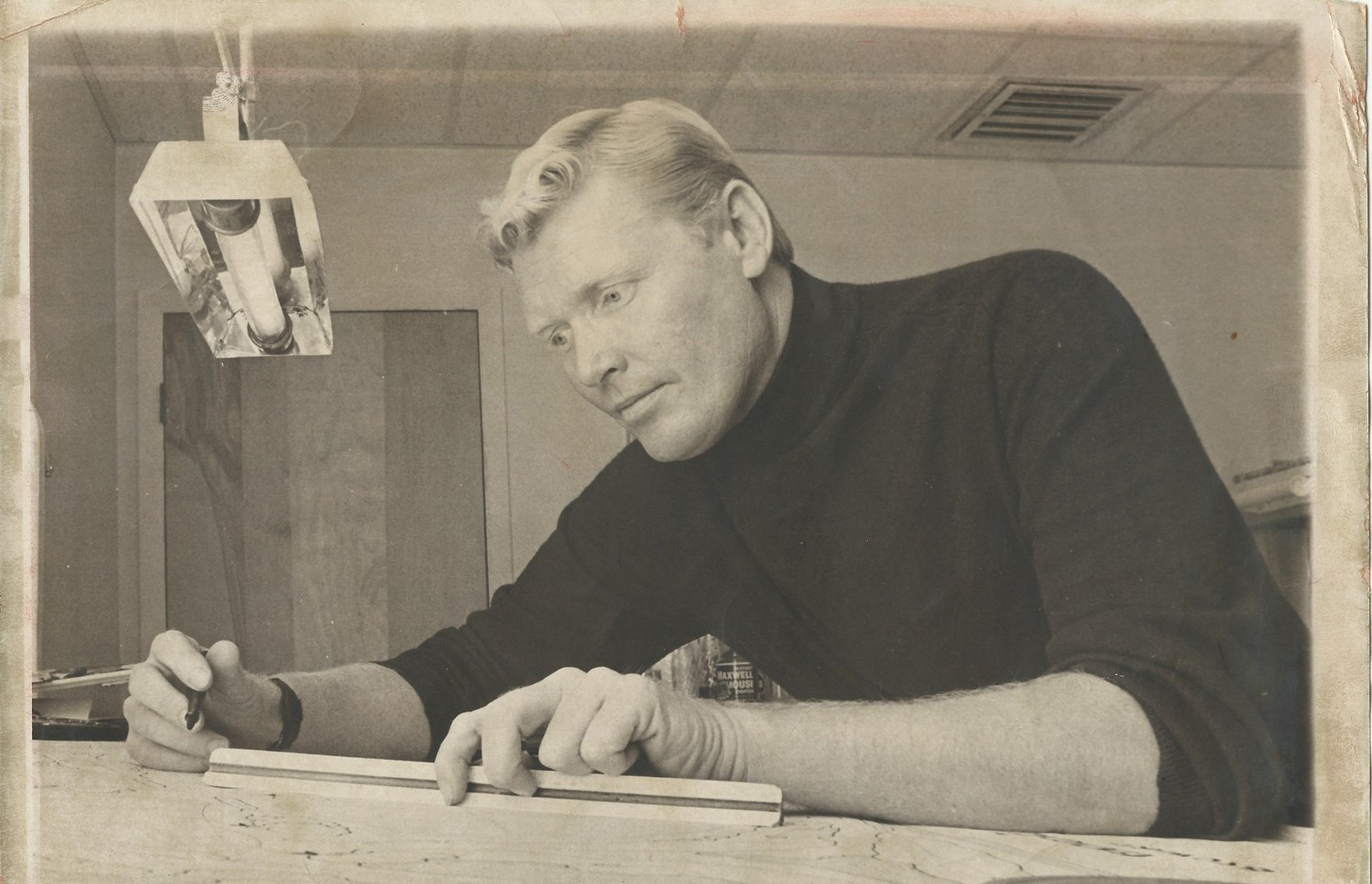
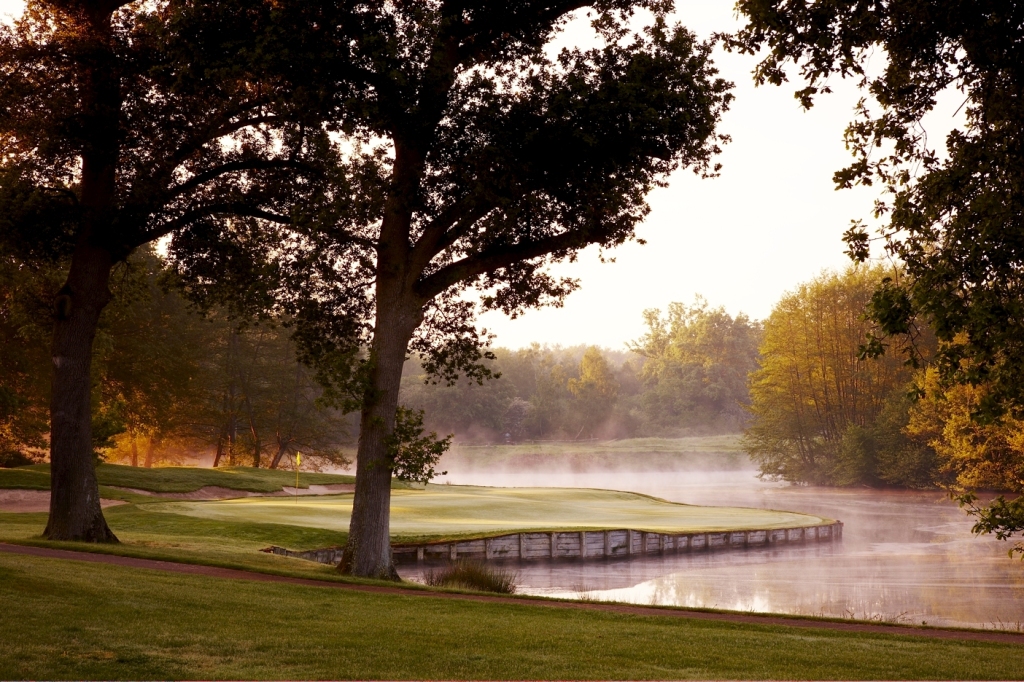
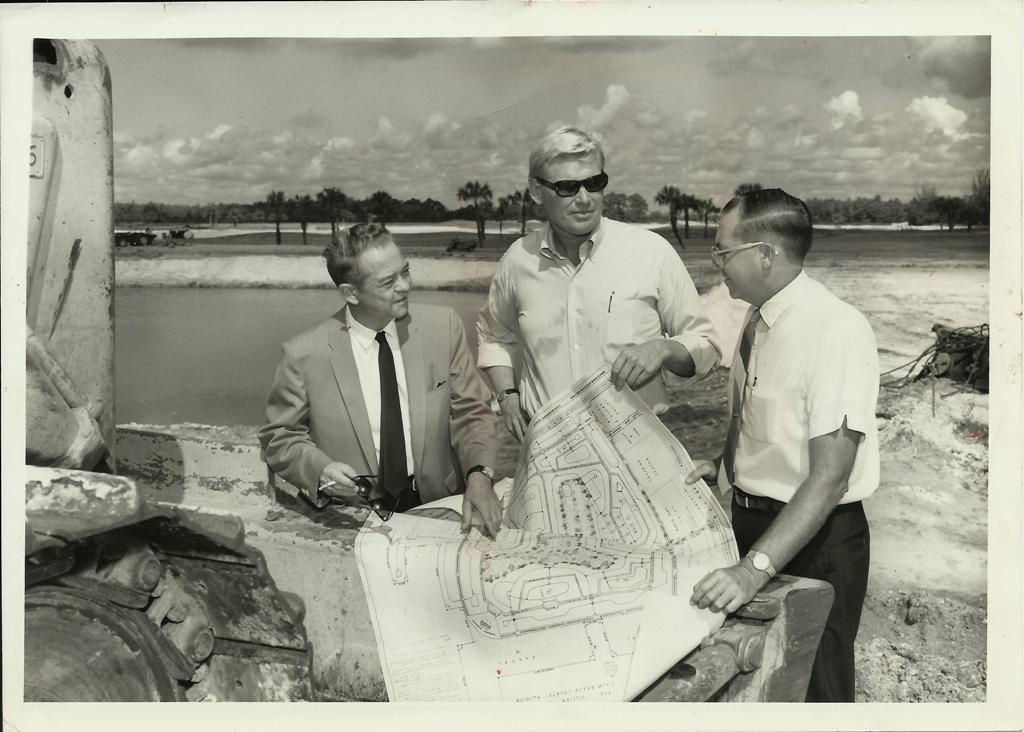
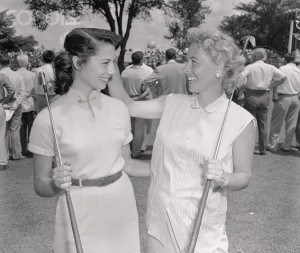
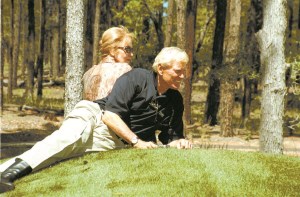
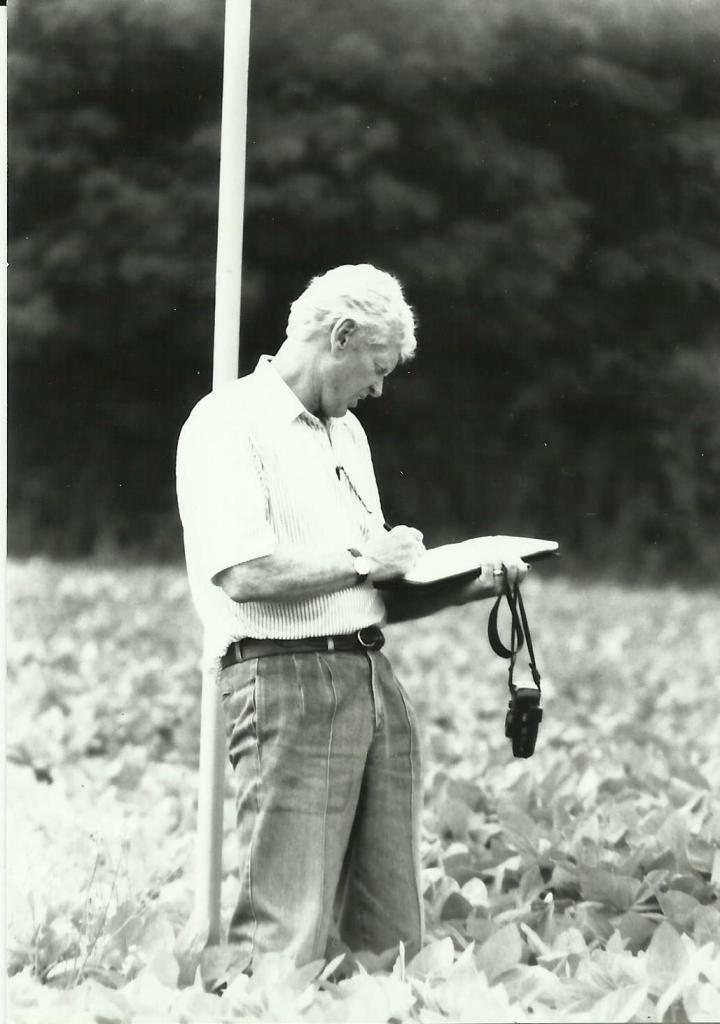
No Comments Yet